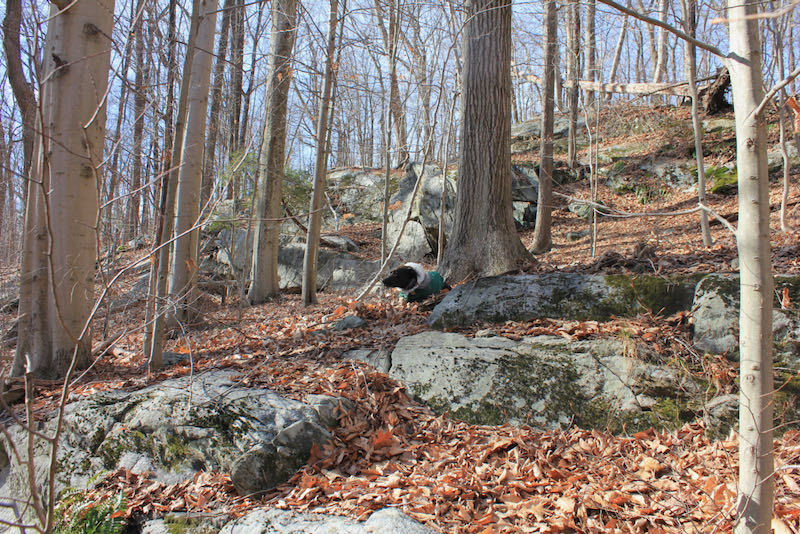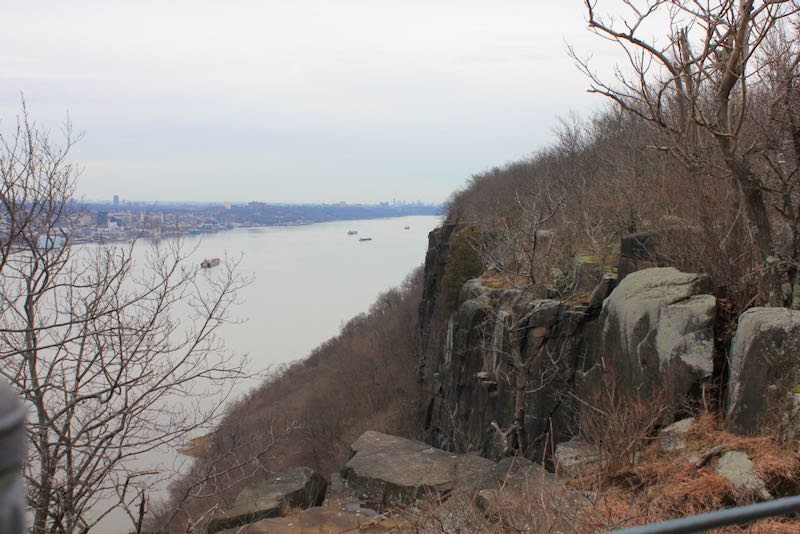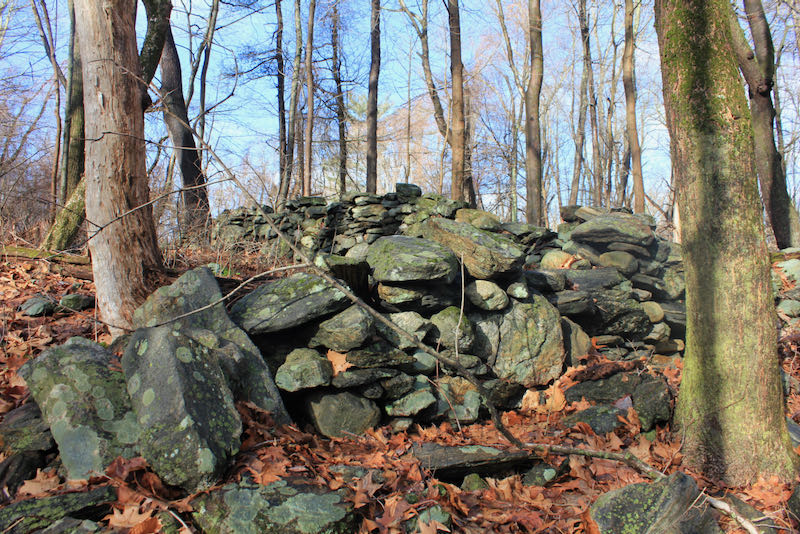I’ve been a bit rock-obsessed lately.
We all have ways we’ve been keeping ourselves sane during the pandemic. For me, it’s my daily hike with my dog.
Every morning, after I’ve sorted out the kids, I drive ten minutes to a nature preserve where Coco can run free, and I get to commune with the woods before I face whatever the day has in store for me.

In the winter time, where I live in New York State, the woods are mostly quiet except for the odd woodpecker or the flight of the ducks and geese when Coco chases them. The trees have taken their secrets into hibernation, so have many of the other creatures. But one of the standout features of the winter are the rocks.
To help me learn more about these charismatic inhabitants of the woods, I reached out to my former guest, geologist Marcia Bjornerud, author of Reading the Rocks and Timefulness: How Thinking Like a Geologist Can Help Save the World. (You can listen to my earlier episode with her on Earth’s Story here.)
Marcia Bjornerud teaches us that we need to learn to “speak the language of rocks.” In this new episode, I speculate about what that might mean – how can we relate human language and “rock language”? – and Bjornerud breaks down the “grammar of rocks” for us.
To learn rock language, it helps to know a bit about the geologic history of the place where you live. Around here, the landscape is littered with glacial erratics, rocks and boulders left by the Laurentide ice sheet when it retreated about 18,000 years ago. But this is just one layer of the geologic past.
I also learned that the Palisades along the Hudson river were made by the seeping up of igneous materials about 200 million years ago when the supercontinent Pangea began to split apart and the Atlantic ocean was formed. It’s exilarating to touch the place where what are now North America and Africa were once conjoined!

To “read” your local rocks, it’s useful to know about the three basic rock categories – igneous, sedimentary and metamorphic – and to learn some basic rock types.

Bjornerud also recommends the Roadside Geology series and the Geology Underfoot series.

We briefly discuss children’s books on geology. One of my favorites is a used-bookstore find, Secrets in Stones, published in 1970. Marcia recommends a lovely book on the stories hidden in the stone walls of New England, Stone Wall Secrets. Striking how similar the names of these two books are!
Here is my full, unedited interview with Marcia Bjornerud if you would like to listen to it (it includes her comments on some of the photos of rocks I sent her).
